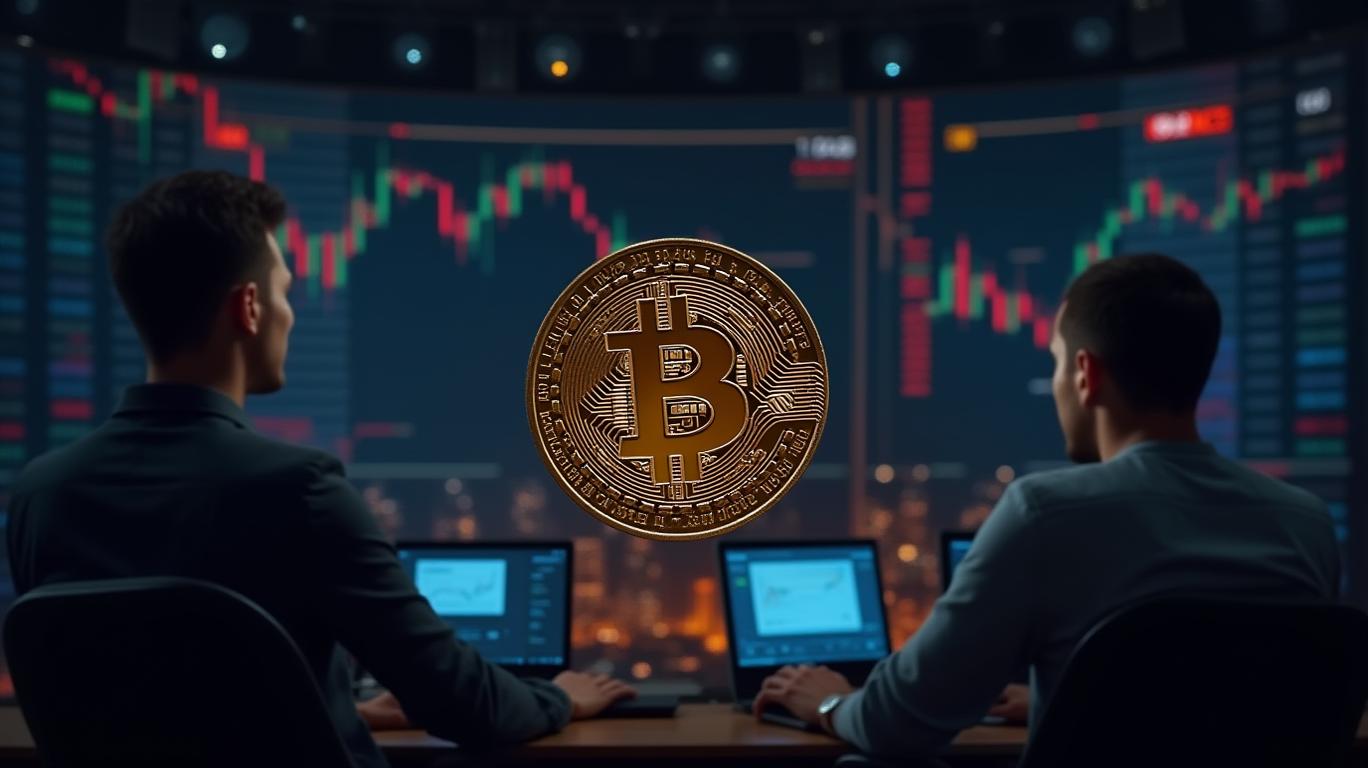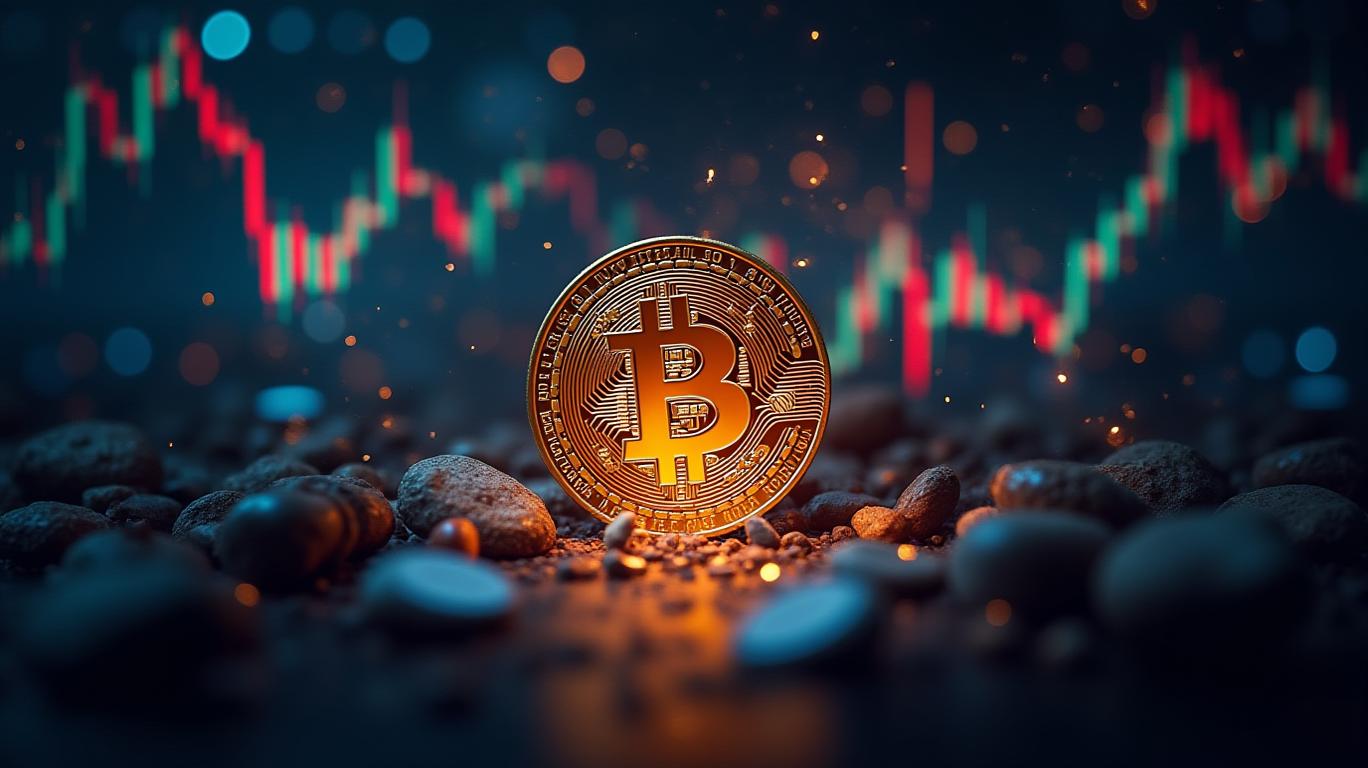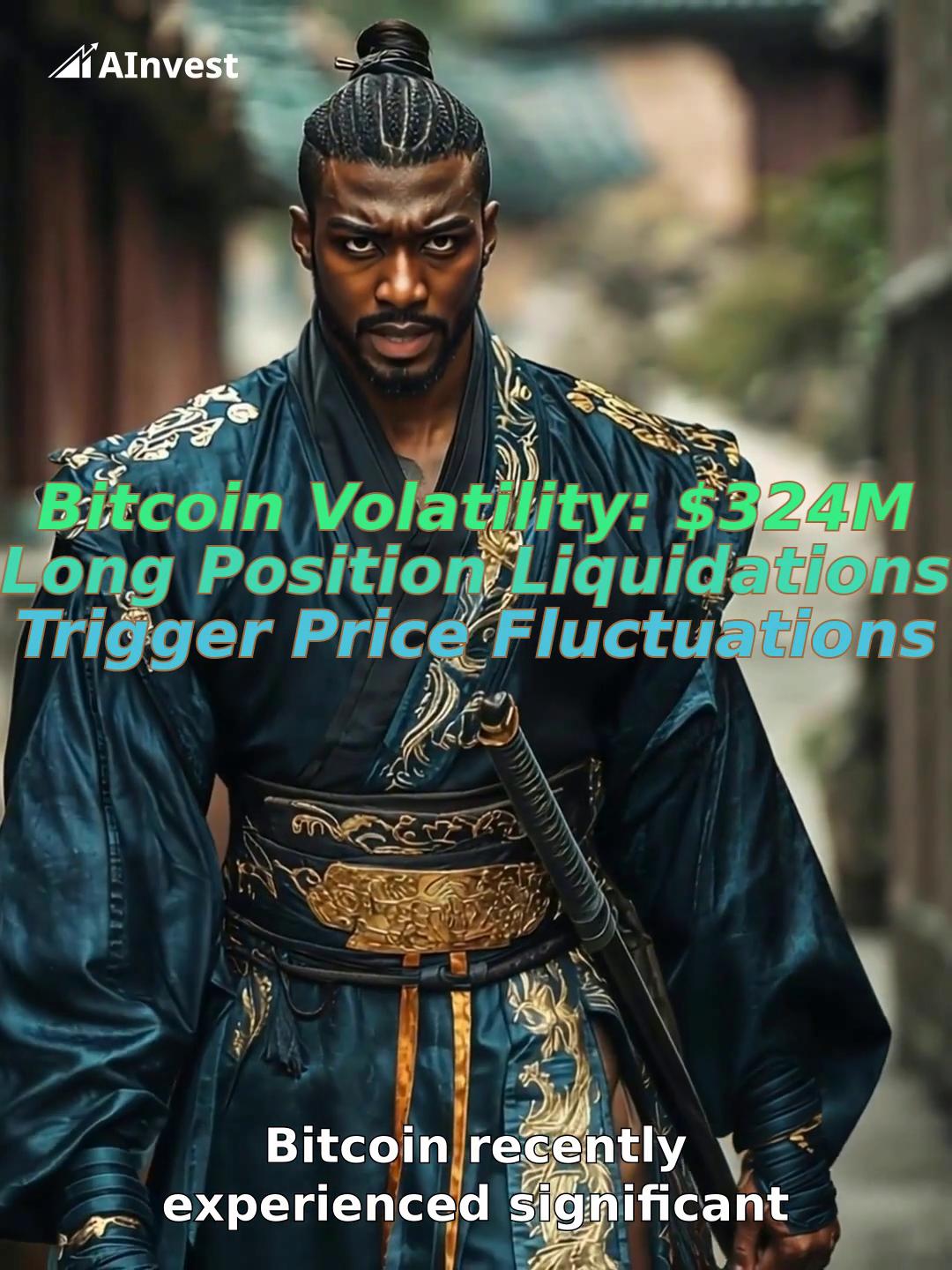Bitcoin Price Volatility Triggered by $212 Million Spoof Order on Binance
On April 14, a significant event unfolded in the cryptocurrency market when a sell order for 2,500 bitcoin, valued at approximately $212 million, was placed on the Binance order book at $85,600. This price point was around 2-3% higher than the prevailing spot prices at the time. The presence of such a large order began to influence the bitcoin price, causing it to gravitate towards this level around 17:00 UTC. However, the order suddenly vanished, as observed through Coin Glass data, leading to a brief period of market uncertainty as traders scrambled to fill the void in liquidity. The bitcoin price, already unstable due to geopolitical concerns, subsequently declined further.
One plausible explanation for this event is the illegal practice of "order spoofing." This tactic involves placing a large limit order to stimulate trading activity and then canceling the order before it is executed. The 2010 U.S. Dodd-Frank Act defines order spoofing as "the illegal practice of bidding or offering with the intent to cancel before execution." The liquidity heatmap from Coin Glass indicated that the order at $85,600 appeared to be a key area of resistance, causing market prices to move towards it. However, this order and the associated liquidity were likely spoofed, creating an illusion of a stronger market for traders.
Liquidity heatmaps are tools used by traders to visualize an order book on an exchange, showing the amount of an asset available at each price point. These maps help identify areas of support and resistance or target under-pressure positions. In this instance, the trader placed the potential spoof order during a period of low liquidity for the 24/7 bitcoin market, when the U.S. equity market was closed. The order was removed when the U.S. market reopened, and the price moved towards filling it. This action could have still achieved the desired effect, as a large order on one exchange might prompt traders or algorithms on another exchange to remove their orders, creating a void in liquidity and subsequent volatility.
Another possible reason for the vanishing order is that the trader intended to create short-term sell pressure to get filled on limit buys and then removed the order once those buys were executed. Both scenarios are plausible but remain illegal. Dr. Jan Philipp, a former ecb analyst and current managing director of Oak Security, described manipulative trading behavior as a "systemic vulnerability, especially in thin, unregulated markets." He noted that such tactics give sophisticated actors an edge over retail traders, unlike traditional financial markets where spoofing is explicitly illegal and monitored. Philipp also highlighted that spoofing was a factor in the 2010 Flash Crash in traditional markets, which erased almost $1 trillion in market value.
Binance, the exchange where the incident occurred, emphasized its commitment to maintaining a fair and orderly trading environment. The company invests in internal and external surveillance tools that monitor trading in real-time, flagging inconsistencies or patterns that deviate from normal market behavior. Binance stated that if any market manipulation is detected, it will freeze accounts, report suspicious activity to regulators, or remove bad actors from its platform. However, Binance did not directly address the specific case of the vanishing $212 million order.
Spoofing, or the strategy of mimicking a fake order, is illegal but has been prevalent in the young and largely unregulated cryptocurrency industry. During the early days of bitcoin trading, when there was little regulatory oversight, the majority of trading volume took place on bitcoin-only exchanges from retail traders and cypherpunks, making the industry susceptible to such practices. In 2017, during the ICO phase, when trading volume skyrocketed, tactics such as spoofing were also expected as institutions were still skeptical about the asset class. Traders regularly placed nine-figure positions that they had no intention of filling, only to pull the order shortly after. BitMEX founder Arthur Hayes argued in a 2017 blog post that spoofing was a necessary tactic for smart traders to buy large amounts of BTC.
Since the 2021 bull market, the crypto market has seen waves of institutional adoption, such as coinbase going public and blackrock launching exchange-traded funds (ETFs). However, despite these developments, examples of spoofing still exist across many crypto exchanges, particularly on low-liquidity altcoins. For instance, last month, cryptocurrency exchange MEXC announced a 60% increase in market manipulation attempts from the fourth quarter of 2024 to the first quarter of this year. In February, a trader manipulated the HyperLiquid JELLY market by tricking a pricing oracle, leading to a subsequent outflow of capital.
The responsibility to combat spoofing ultimately lies with the exchanges and regulators. Dr. Jan Philipp emphasized that regulators should define what counts as manipulation, specify penalties, and outline how platforms must respond. While regulators have tried to clamp down on such schemes, cases have been few and far between. Crypto exchanges must also enhance their surveillance systems, use circuit breakers, and employ stricter listing requirements to curb market manipulation. Philipp concluded that retail users will not remain in the market if they continue to be front-run, spoofed, and dumped on, and that the industry needs infrastructure that rewards fair participation, not insider games.


_b905d9341749265671656.jpg)








